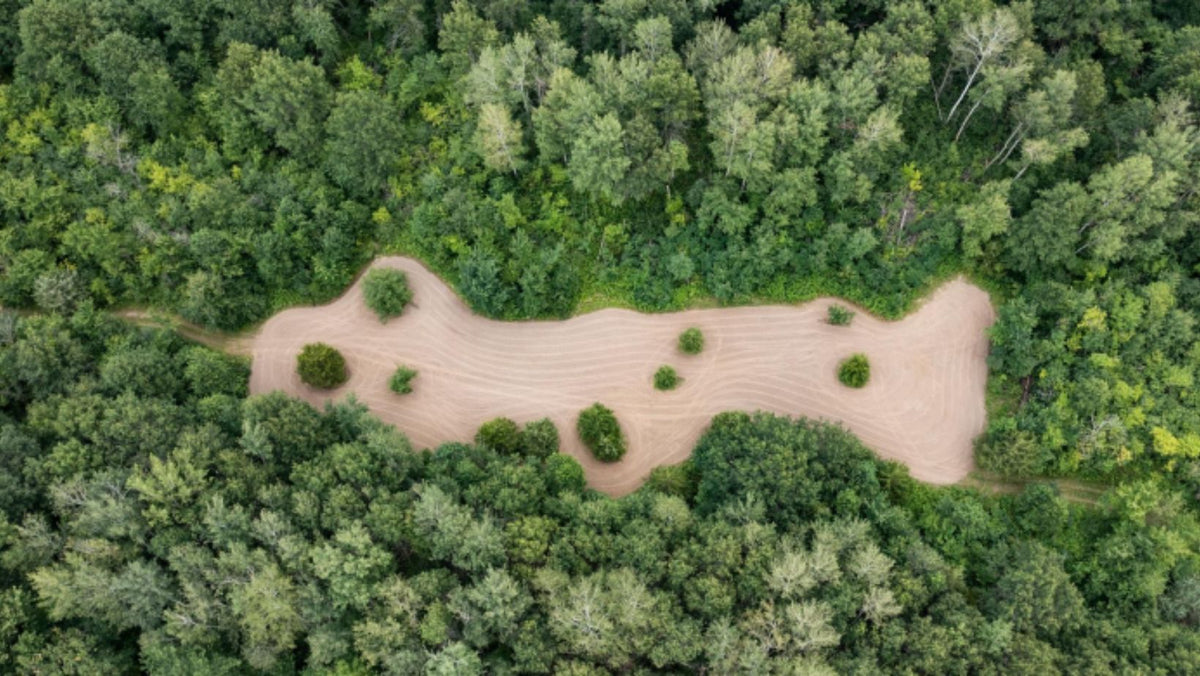
12 STRATEGIES FOR GROWING THE PERFECT DEER FOOD PLOT
|
|
Time to read 2 min
|
|
Time to read 2 min
Creating a successful deer food plot is not just about throwing some seeds in the ground and hoping for the best. It requires careful planning, strategic execution, and a deep understanding of deer behavior and nutritional needs. Whether you're a seasoned food plotter or a beginner looking to attract more deer to your property, these 12 strategies will help you grow the perfect deer food plot.
Choosing the right location for your food plot is the foundation of success. Look for areas near thick cover and bedding sites, as deer prefer to have a sense of security while feeding. Additionally, consider their travel routes, and proximity to water sources. South-facing slopes often receive more sunlight, making them ideal for early-season plots.
Before planting, conduct a soil test to determine the soil's pH and nutrient levels. Deer food plots thrive in slightly acidic to neutral soil (pH 6.0-7.0). Based on the soil test results, amend the soil with lime or fertilizer to optimize plant growth.
Selecting the right plants is crucial for attracting deer to your food plot. Consider planting a mix of annuals and perennials. Popular choices include clover, chicory, brassicas (like turnips and radishes), soybeans, and various grains. These plants offer a diverse and nutritious food source throughout the year.
Timing is everything. Plant your food plot according to the appropriate planting window for your region. Generally, early spring and late summer are suitable times for planting cool-season crops, while late spring is ideal for warm-season options. This ensures that the plot is attractive during critical periods like the hunting season.
To maintain a healthy food plot and avoid depleting the soil of essential nutrients, practice crop rotation. Alternating between different plant types in subsequent years can improve the overall health and productivity of your food plot.
Prepare the seedbed adequately before planting. Remove all existing vegetation, break up the soil, and remove any rocks or debris. A smooth and level seedbed helps with even seed distribution and proper plant growth.
In areas with heavy deer pressure, consider using deer-resistant barriers like electric fencing to protect your food plot from overbrowsing. This allows the plants to establish and grow without constant pressure from deer and other wildlife.
Providing adequate water and ensuring proper drainage are essential for a successful food plot. If natural rainfall is insufficient, consider installing irrigation systems to keep the plants hydrated, especially during dry periods.
Regular mowing and maintenance are crucial to keep your food plot thriving. Mow to maintain a desirable height for the plants and to prevent weed competition. Fertilize the plot as needed to supplement the soil's nutrients and encourage plant growth.
Consider providing supplemental feed to complement your food plot. High-quality deer feed can fill nutritional gaps during times when the food plot may not be as productive.
Strategically design your food plot to create hunting opportunities. Place tree stands or ground blinds at strategic points around the food plot, considering wind direction and deer travel patterns.
Pay attention to how deer use your food plot. Observe their feeding patterns and behavior to make informed decisions for future plantings and improvements. Continuously learning and adapting your strategies based on their preferences will help maximize the food plot's effectiveness.
In conclusion, growing the perfect deer food plot requires careful planning and execution. From choosing the right location and plants to maintaining the plot throughout the year, each step plays a crucial role in attracting and keeping deer on your property. By following these 12 strategies, you'll increase your chances of creating a thriving food plot that not only provides a nutritious food source for deer but also enhances your hunting opportunities. Remember, the key to success is observation, adaptability, and a genuine passion for wildlife management. Happy food plotting!





